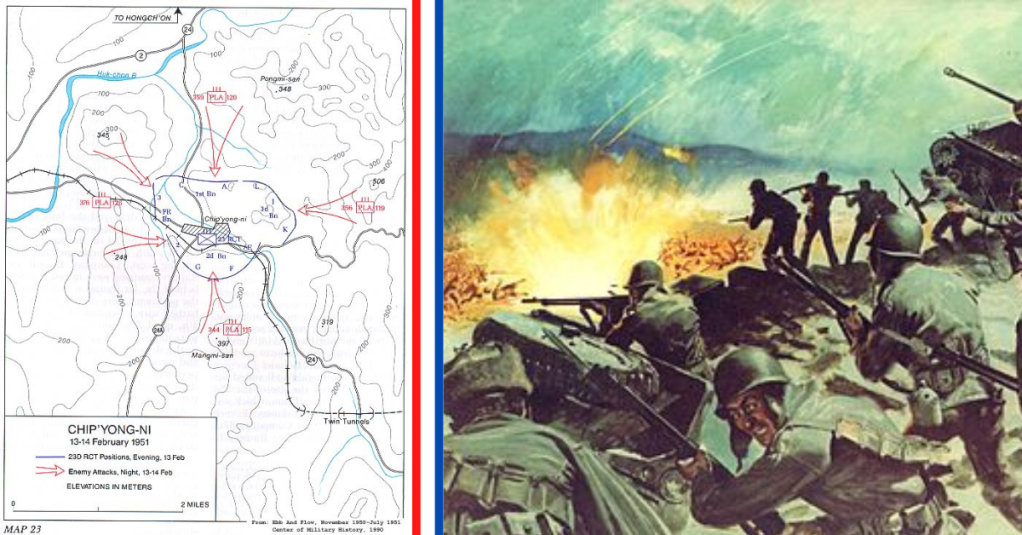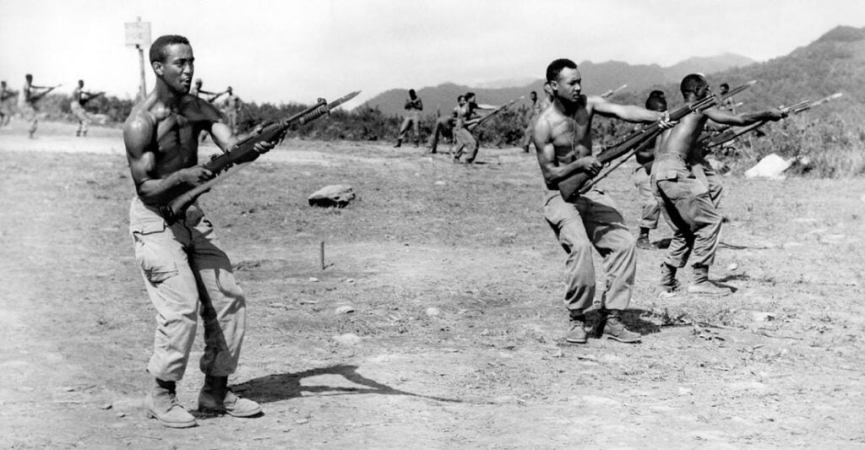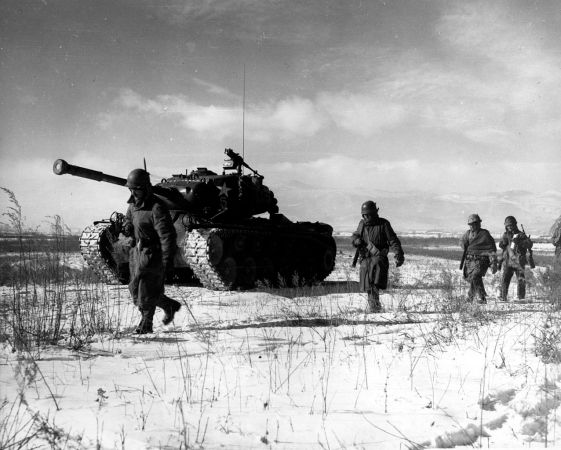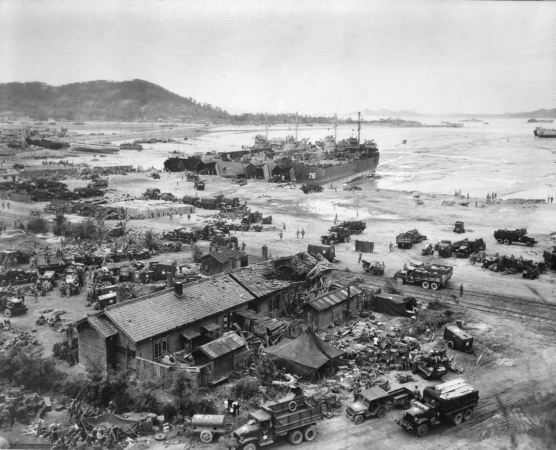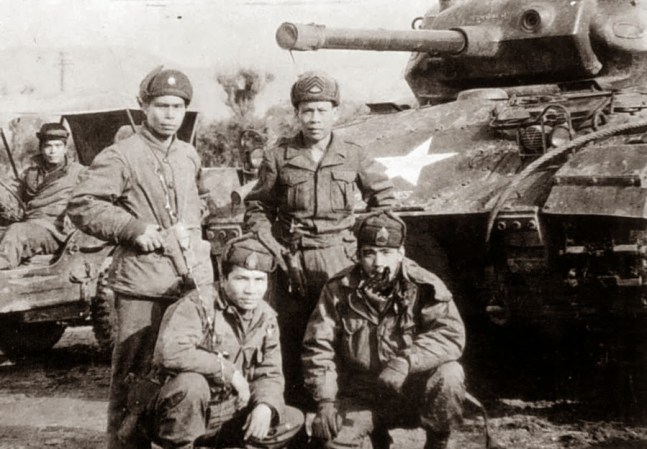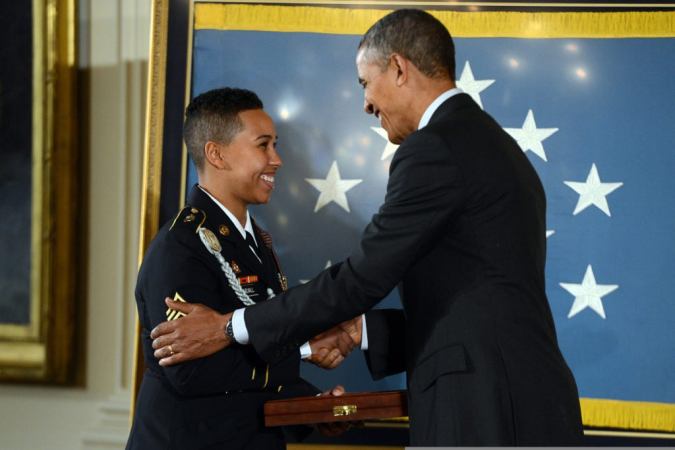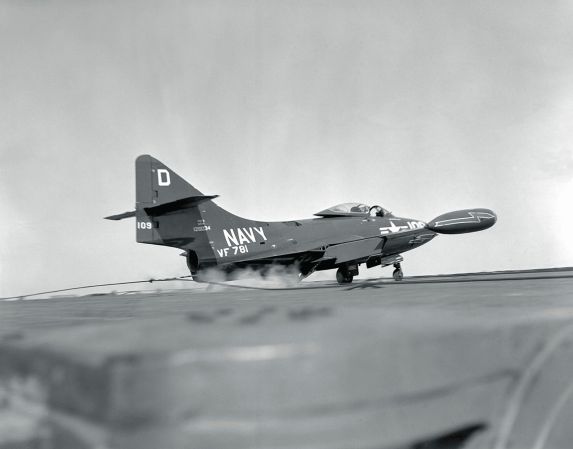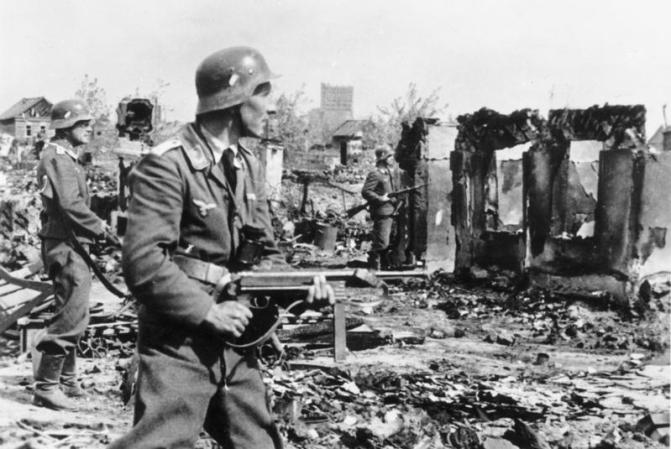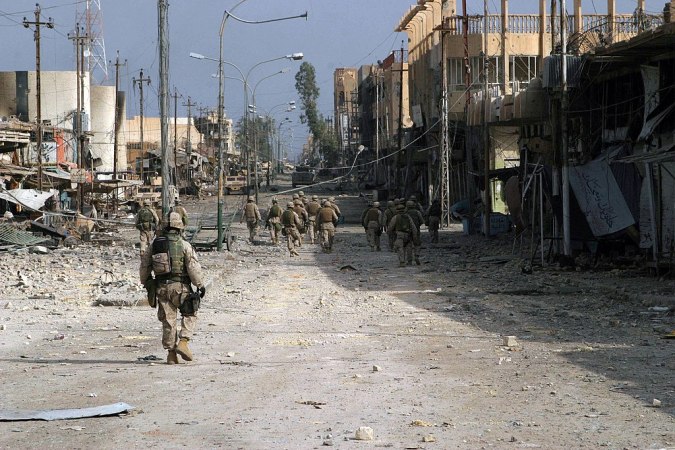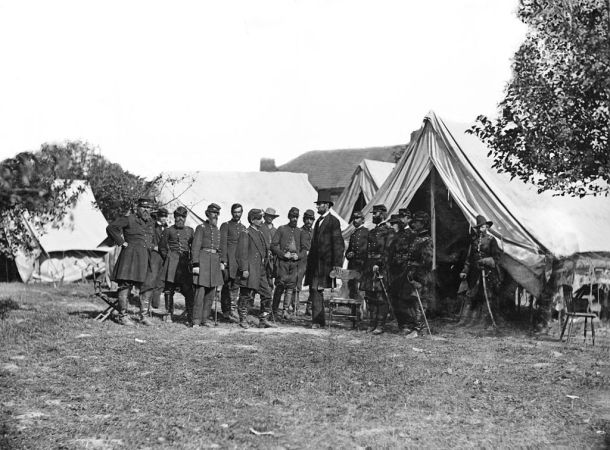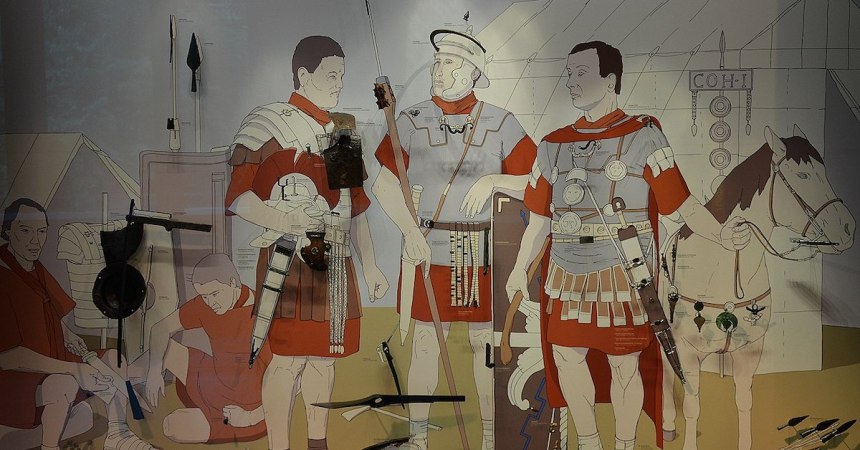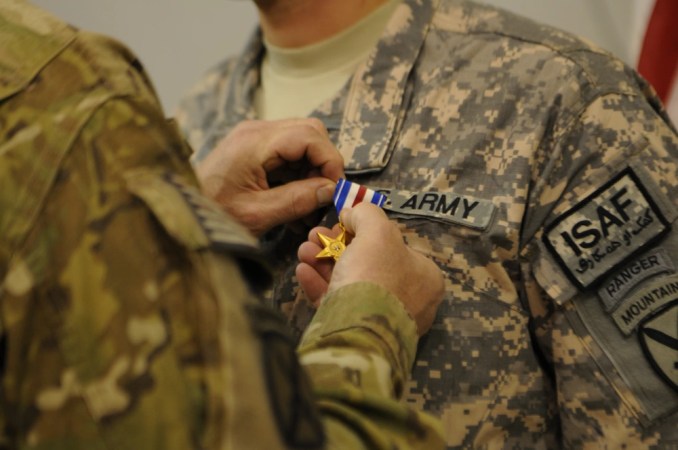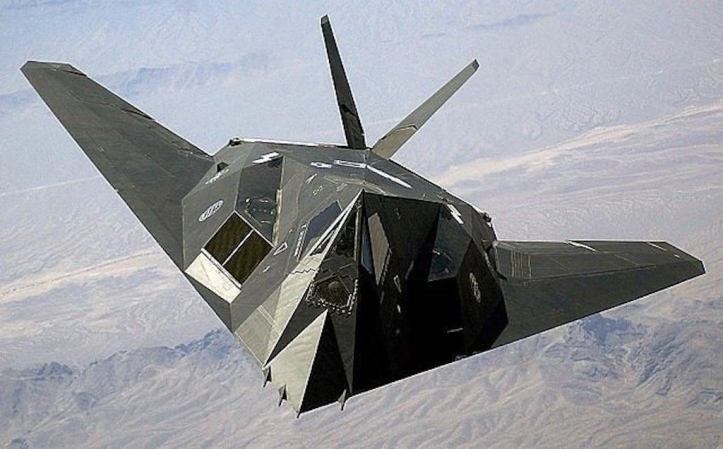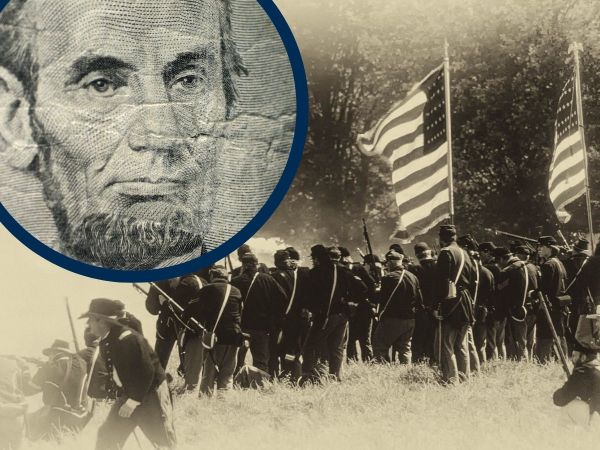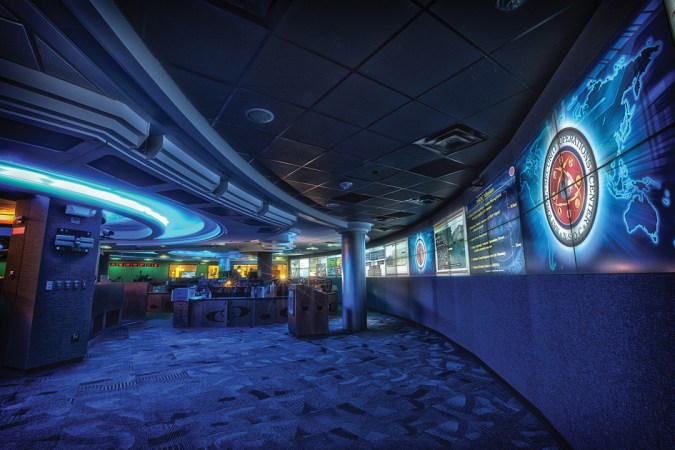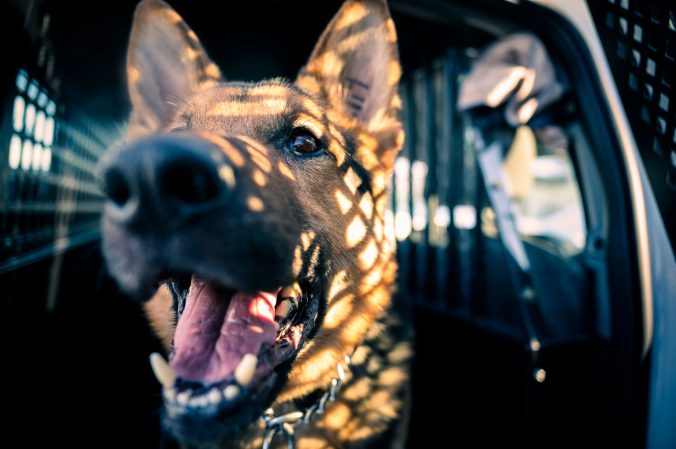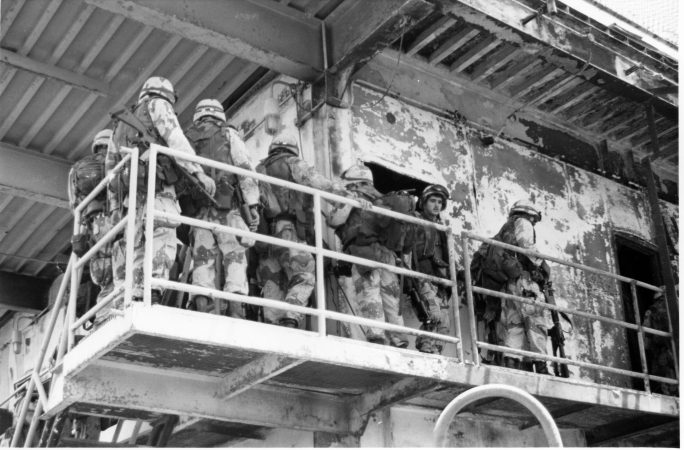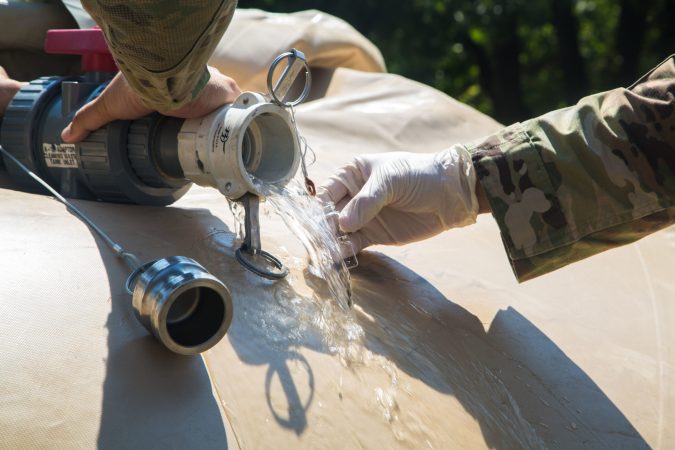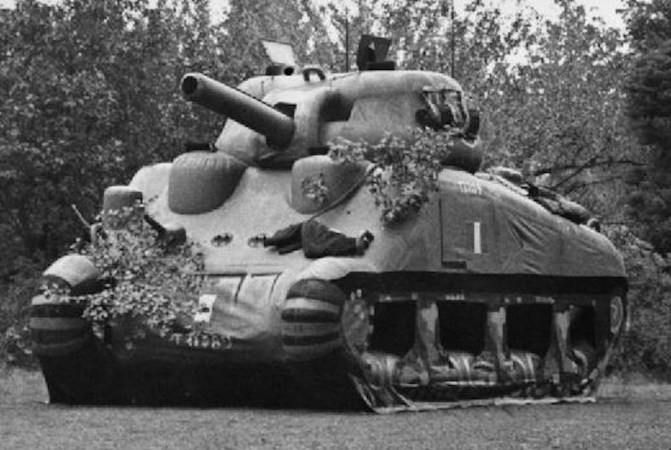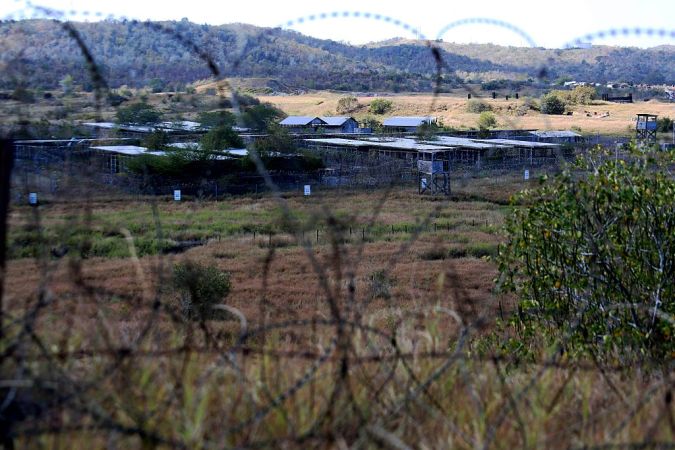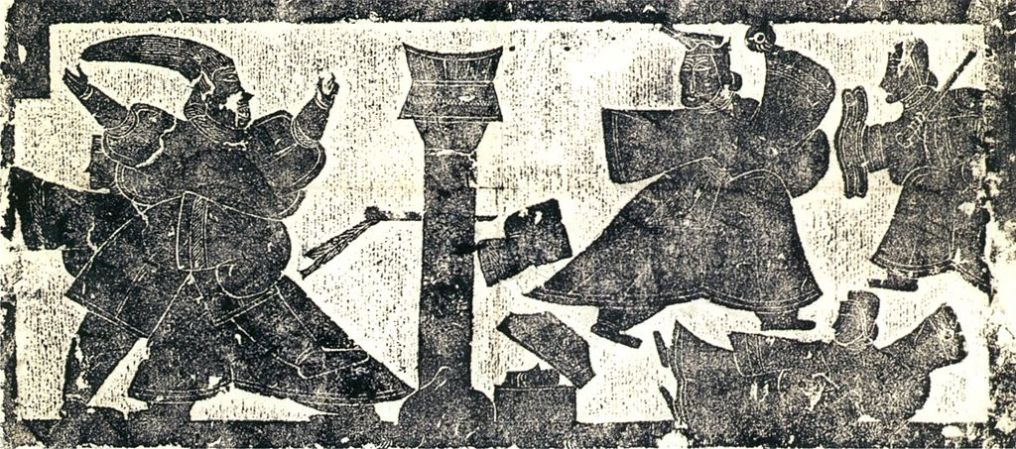The Battle of Chipyong-ni was a pivotal turning point in the Korean War. As most military historians know, the Korean War was a brutal and deadly conflict that spanned three years. It resulted in over 2.5 million casualties. The Battle of Chipyong-ni, which took place in February 1951, was a significant battle in the Korean War. The United Nations Command (UNC) fought against the Chinese People’s Volunteer Army (PVA).
Here is the history of the Battle of Chipyong-ni
Background
The Korean War began on June 25, 1950, when North Korea invaded South Korea. The United Nations, led by the United States, intervened to support South Korea. As the war progressed, Chinese forces entered the conflict to support North Korea, leading to a stalemate between the two sides. By early 1951, the war was at a standstill, with neither side able to make significant gains.
In January 1951, General Matthew Ridgway assumed command of the UNC forces. General Ridgway was a highly respected military leader who had previously served as the commander of the 82nd Airborne Division during World War II. He recognized that the Chinese army was a formidable opponent that could overwhelm the UNC forces with sheer numbers. As such, he recognized the need to adopt a defensive posture in order to preserve his forces and prevent the Chinese from making significant gains.
General Ridgway recognized the need to conduct limited offensive operations while keeping the Chinese off-balance. He believed targeted attacks would force the Chinese to spread their forces thin, making them vulnerable to counterattacks.
Chipyong-ni, a small village located in the center of the Korean peninsula, was a key position. It was strategically important as it was located on a major road that connected the North Korean and Chinese armies. General Ridgway identified that capturing Chipyong-ni would enable the Chinese to cut off UNC forces from their supply lines and gain a significant advantage in the war.
The Battle
On February 13, 1951, the PVA launched a massive attack on Chipyong-ni, with an estimated 25,000 soldiers. The UNC forces, led by Colonel Paul L. Freeman Jr., consisted of around 5,000 soldiers, mostly from the 23rd Infantry Regiment of the 2nd Infantry Division.
The PVA launched wave after wave of attacks on the UNC forces, but they were unable to breach the UNC’s defensive positions. The UNC forces had set up a perimeter defense around Chipyong-ni, with machine gun emplacements, barbed wire fences, and anti-tank obstacles. They also had artillery support and air support, which helped to repel the PVA’s attacks.
Despite the overwhelming odds, the UNC forces remained resolute and fought fiercely to hold their ground. The PVA soldiers were well-equipped and well-trained, but they were unable to overcome the UNC’s defenses. The PVA suffered heavy casualties, with an estimated 3,000 soldiers killed and another 7,000 wounded.
The UNC forces suffered significant losses as well, with around 300 soldiers killed and another 700 wounded. But their victory at Chipyong-ni was a significant achievement, given the overwhelming odds they faced. The battle demonstrated the bravery and determination of the UNC soldiers, who were able to hold their ground against a much larger and better-equipped enemy force.
After three days of intense fighting, the PVA forces withdrew from Chipyong-ni, having suffered heavy losses. The UNC forces remained in control of the village, which allowed them to secure their supply lines and prevent the PVA from making significant gains in the area.

Historical Significance
The Battle of Chipyong-ni was the first time that the UN forces had successfully defended against a large-scale Chinese attack. Careful planning and execution proved that the Chinese were not invincible and could be defeated in the battle.
The battle also had strategic implications. It prevented the PVA from advancing further south, which could have led to the capture of the South Korean capital, Seoul. The victory at Chipyong-ni allowed the UNC forces to stabilize their positions and prepare for future offensive operations.
Additionally, the battle demonstrated the effectiveness of defensive positions, and the importance of controlling key terrain. The battle was studied extensively by military strategists, and its lessons were incorporated into future conflicts, including the Vietnam War.
The UNC forces’ victory against a much larger and better-equipped enemy demonstrated the importance of strategy, preparation, and determination in the face of overwhelming odds. The battle’s lessons continue to be studied by military strategists. It serves as a reminder of the bravery and sacrifice of the soldiers who fought in the Korean War.


